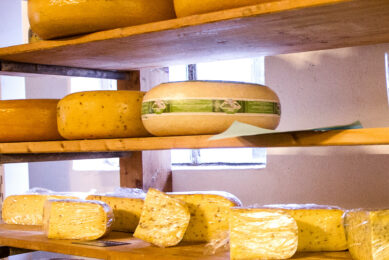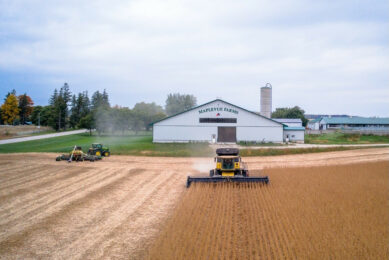Canadian prairie cows thrive in the climate
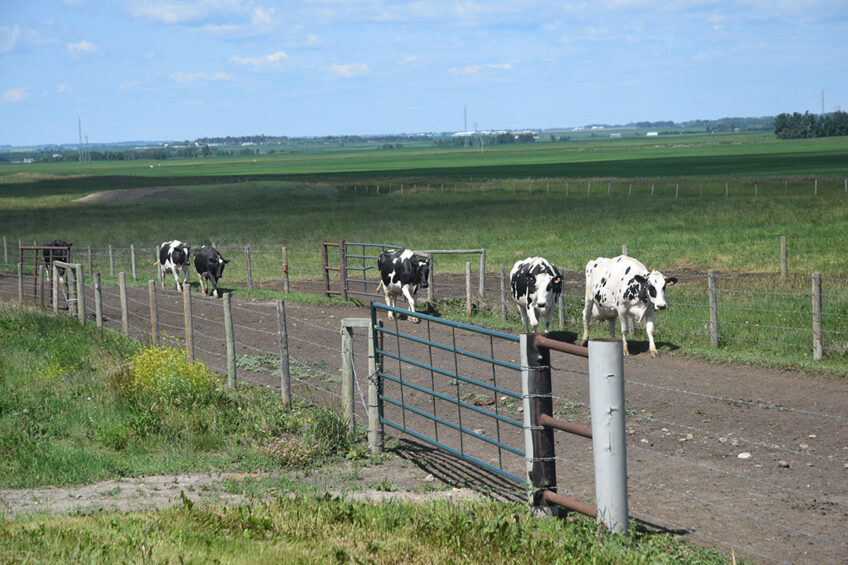
Despite the difficult conditions for farming in the prairie province of Alberta, the dairy cows like the dry and cold climate.
There are about 1.4 million dairy cows and 9,700 herds in Canada. Most are found in eastern Canada, while in the prairie provinces there are only a few dairy farmers. In Alberta, which is the last prairie province before the great Rocky Mountains, there are more than 500 dairy farmers. The average size across Canada is only about 100 cows per herd. However, in Alberta, there are herds with around 400 dairy cows.
The dairy cows apparently thrive in the dry and cold climate in Alberta, where summer is only 4 months long and the temperature difference between summer and winter is from 35℃ to -40℃ in winter. The average yield in the dairy herds in the province is between 10,000 and 12,000 kg milk per cow per year.
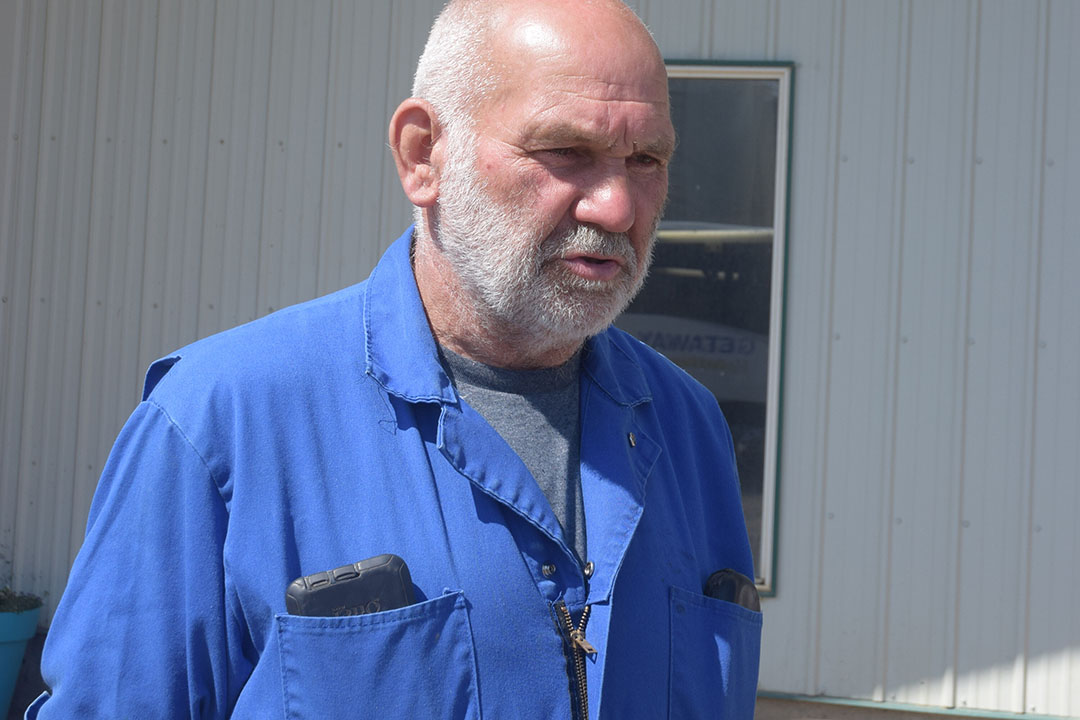
Holstein cows on a flat prairie
We visited one of these milk producers with a herd of 410 Holstein cows. The farm is about an hour’s drive north of Calgary out on the relatively flat prairie. The farm is run by the Van den Broek family – Arie and Anita, who are in their 60s, and their 5 children Meike, Lieke, Gijs, Teun and Geertje.
The family emigrated in 2000 from the Netherlands and bought the farm near Olds. It was originally a cattle farm with beef cattle breeding and plant production. A few years after the purchase, Arie and his family changed the operation to organic milk production and in 2009 they received a certificate for this. They started with a herd of 50 cows and today it has grown to 410 cows.
“The reason why we left the Netherlands was the increasingly restrictive conditions for running milk production – far too many restrictive retail rules from the EU made it more and more difficult to run a farm in the Netherlands. That’s why we decided to try our luck here in Canada, just like many other Dutch milk farmers. And we have not regretted moving here,” says Arie.
The farm includes an adjoining land of approximately 1,000 hectares, where spring barley, peas, as well as maize, ryegrass and lucerne for silage are grown in a 3-year crop rotation. All plant products on the farm are used for feed for the cattle herd. According to the rules, a third of the feed must be organically grown.
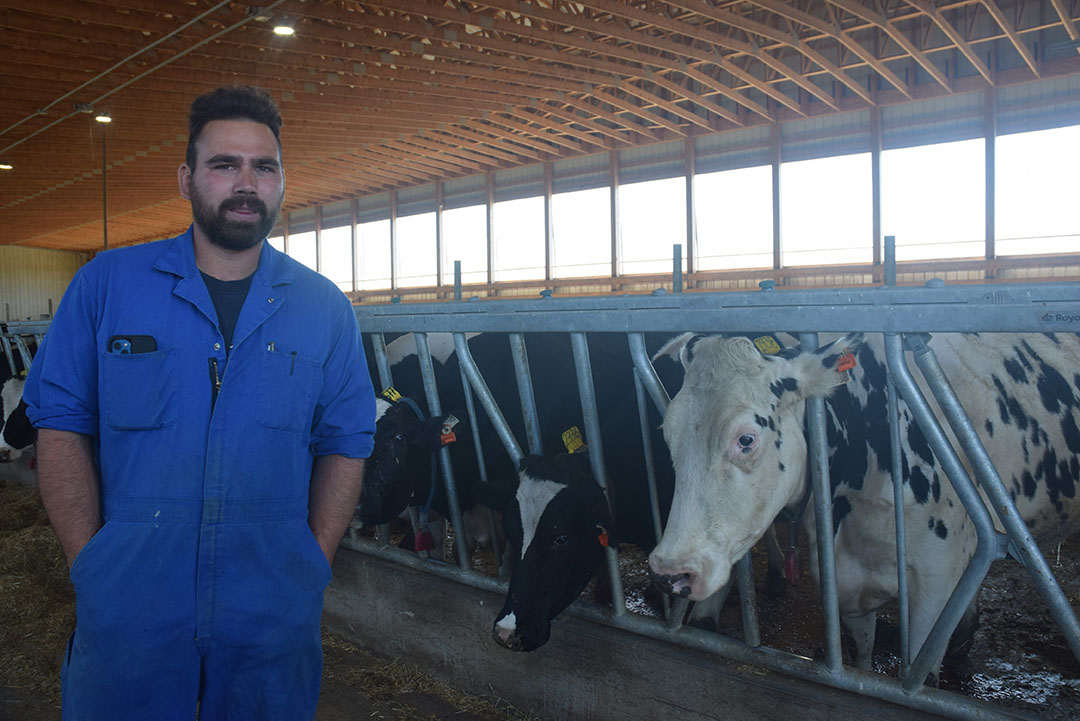
Cow bedding
In the stable buildings, the straw from the barley, in particular, is used for bedding and the cow beds in the resting barn is covered with gravel. This means that it is dry here almost all the time. Twice a year, fertiliser is driven out from the farm just outside the stables, and twice a year the fertiliser requirement in the fields is checked via a computer.
“On the farm, we use precision agriculture in the form of digital technologies to collect and analyse data about conditions in the fields. This gives us an overview of exactly how much fertiliser the crops need and thus we can optimise the allocation of fertiliser in the field, which is an advantage for both ourselves and the environment,” says Teun.
He adds that fertiliser, seed and plant protection are graded. “We use the collected data from the year’s treatments and the yield maps to see if we have distributed our fertiliser and plant protection correctly. Since we have a license as an organic farm, there are certain rules we must comply with. We are a member of Alberta Milk, which is an organisation that advises us and sets out the rules for our production,” says Teun.
On the farm, milking takes place 3 times a day. The milking takes place in the farm’s milking carousel with room for 28 cows at a time, and it takes 4 hours to milk all the cows. The output last year was just over 4.7 million litres of milk in the herd, corresponding to an average of just under 11,000 kg milk per cow per year.
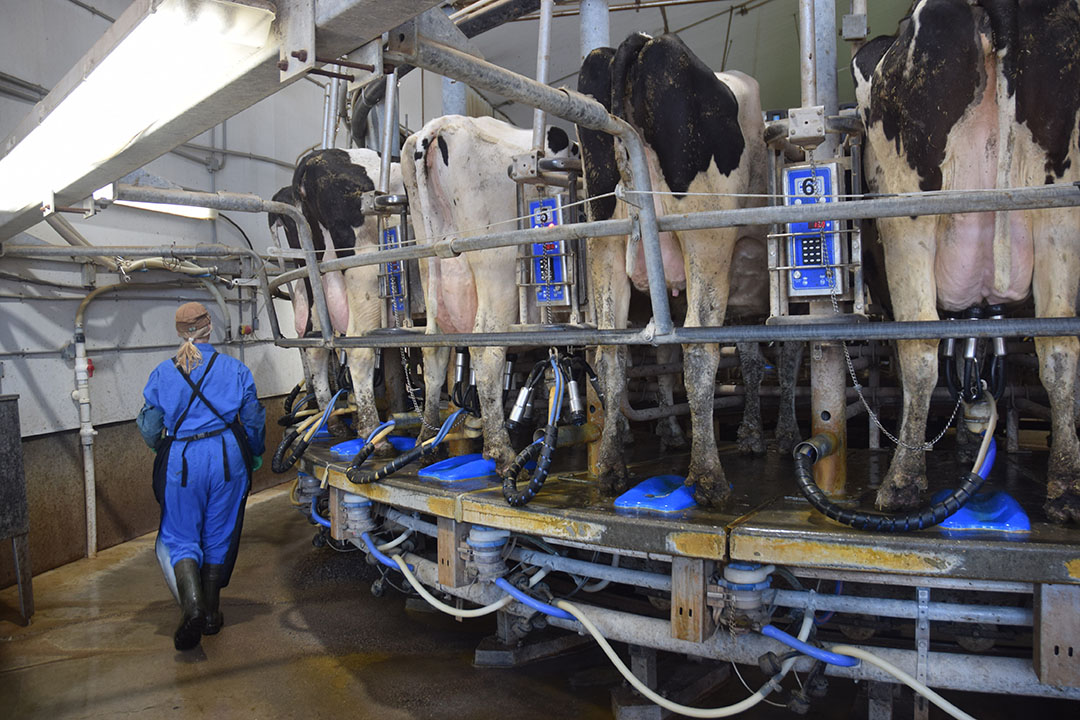
Payment per litre of milk
“At the moment we get approximately 1 Canadian dollar (US$0.74) per litre of milk from the dairy and when it comes to organic milk, the price is approximately 20 cents higher per litre/kg milk,” says Teun, adding that the cows are usually weaned after 6-8 calvings while the highest yielding cows can get a little older.
The weaner cows are sold to a nearby slaughterhouse, which pays approximately €1,020,00 for a slaughter cow. Due to the cold climate in winter and the relatively dry barns, it is rare for mastitis to occur in the herd. The cell count for the daily milk is approximately 170,000 and the maximum is 400,000. Regarding the breeding work, the farm collaborates with the researchers at Olds Technical University, which is only about 20 km from the farm.
In addition to the approximately 1,200 hectares for plant breeding, the farm has approximately 450 hectares of pasture, where all cows and calves over 8 months graze throughout the summer. Of Canada’s milk producers, 16% use robots for milking, while the rest takes place in milking carousels. Of the milk produced, 45% is used for human consumption while the rest is processed into over 500 different products.
Within the milk sector, approximately 30% of the dairies are cooperatives. The dairy sector has a goal to have zero CO2 emissions by 2050. Teun is responsible for field management and Geertje is responsible for the milking. In addition, there are 20 employees, 8 of whom are full-time employees, to look after the field and the herd. Half of the employees are from Mexico. “The employees from Mexico are a good and stable workforce and know about agriculture, which is why we hired them,” says Arie.
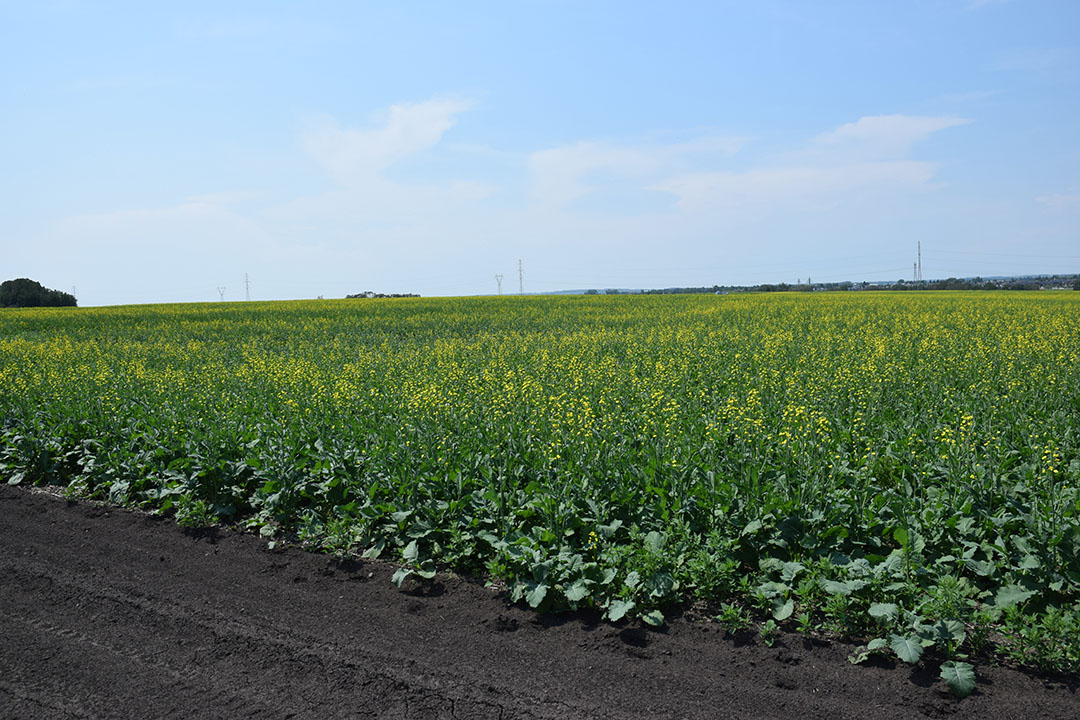
Visitor farm
“We like to talk about our production. It is our experience that people outside agriculture know too little about agriculture. That’s why we got the idea to start the East Olds Dairy Farmers group, which is made up of several dairy farmers,” says Arie.
He adds: “The aim was to invite people from the local community to come to our farms and have breakfast while we talk about where the milk comes from, how we look after our animals and our neighbours. Our motto is to open the farm entrance and let people in. We had the support of the Southern Alberta Holstein Club and Alberta Milk to host the first breakfast in 2013 and 348 people showed up. Since then, we have further developed the concept and every year over 1,000 people come for breakfast at the 6 farms involved in the project.”
Join 13,000+ subscribers
Subscribe to our newsletter to stay updated about all the need-to-know content in the dairy sector, two times a week.




